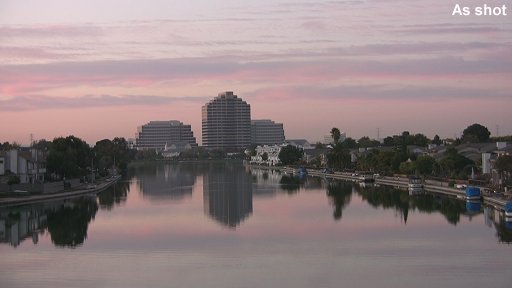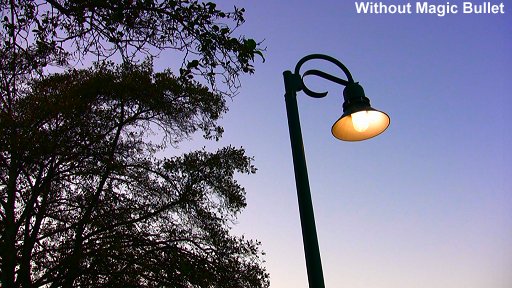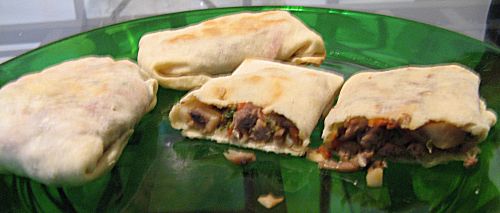I got quite some email lately from users asking about how to color grade their footage. First things first: “color grading” is not the same as “color correcting” in video terms (although it can be in photography terms). Color correction is all about making the scenes look more natural, as they were in real life when shot (example), while color grading is all about “abusing” certain colors of a given scene in order to make that scene look different than the real life, often more stylish (example). Many movies, like the Matrix, were color graded the same way on almost every scene in order to create a cohesive, unique “atmosphere” that gave it a visual identity.
Anyways, there is no way I can teach color grading to anyone, because it’s not only a personal aesthetic issue, but for each clip/scene the templates and plugin settings you use are always different (depending on the lighting, colors used and composition). It is up to you to use these 4-5 most important color plugins the way you feel best. And these plugins on Vegas are:
1. Brightness and Contrast (comes with Vegas)
2. Color Corrector (not “Secondary”, comes with Vegas)
3. Magic Bullet Editors 2.0 for Vegas ($400, demo here or here. After installation check its “Use GPU” checkbox if you have a GeForce graphics card, otherwise it will be really slow). Sony also distributes for free an older, unaccelerated, version of MB. It’s slower, but hey, they give it away for free.
4. Aav6cc (free download. On Vista you might have to install it as “Run as Administrator”)
5. Curves (optional usage, comes with Vegas)
6. Unsharpen mask plugin, put the first of its sliders on the 0.300, and the second one on the 0.100. Comes with Vegas.
Things to remember:
a. Make sure your source footage is not over-saturated, or the grading won’t take much effect. Do not use “color effects/settings” in your camera, always shoot in “neutral” color mode.
b. You don’t always have to use all of them in the plugin chain. Just use the ones that produce the visuals you are looking for. The more plugins you use, the slower rendering and encoding will become, so use with care.
c. If you use most of them at once in the plugin chain, use them preferably in the order above, although this is not mandatory.
d. Using Magic Bullet will make rendering and encoding 6x slower if you don’t have a GeForce card, and about 3x slower if you do anyway. So be patient with it because it’s the main plugin that can easily create the “wow” effect compared to all the other ones.
e. Aav6cc is a bit buggy when used in conjunction with PNG images. You might get a black preview window occasionally.
Now, just play away! Play with contrast, play with saturation, the three-way color wheel, the gamma, the 50+ templates that come with Magic Bullet, or independently handle colors using Aav6cc (I personally love to saturate the “yellow” color on Aav6cc and then check the “reverse influence”). It’s up to you to play around with combinations until you get a result that satisfies you on each clip. Good luck with it!
Update: For the most complex color effects you will need Magic Bullet, but some times you don’t. With a bit of skill, you can recreate similar looks without it, by using just the included Vegas tools and the free Aav6cc.
Example 1:

Contrast on 0.08. Color corrector saturation 1400, gamma 0.970, gain 1.050. Color Corrector’s “Low Wheel” 299.7 and 0128. “Mid wheel” 303.7 and 0.168. “High Wheel” 306.9 and 0.310. Aav6cc: Blue and Cyan on Saturation 50 and Lightness -50, Yellow on 65 and “invert influence”, Red on 50 and its lightness on 10, Magenta on 50.

Magic Bullet “grand sky” template. Color Corrector’s Saturation to 1750.

Example 2:

Color Corrector Saturation 2300, gamma at 0.700. Aav6cc’s Blue saturation at 60 and lightness at -15, Cyan’s saturation at 60 and lightness at -30.

Magic Bullet “Grand Sky” template, Color Corrector’s gamma at 0.700, Saturation at 2300.











